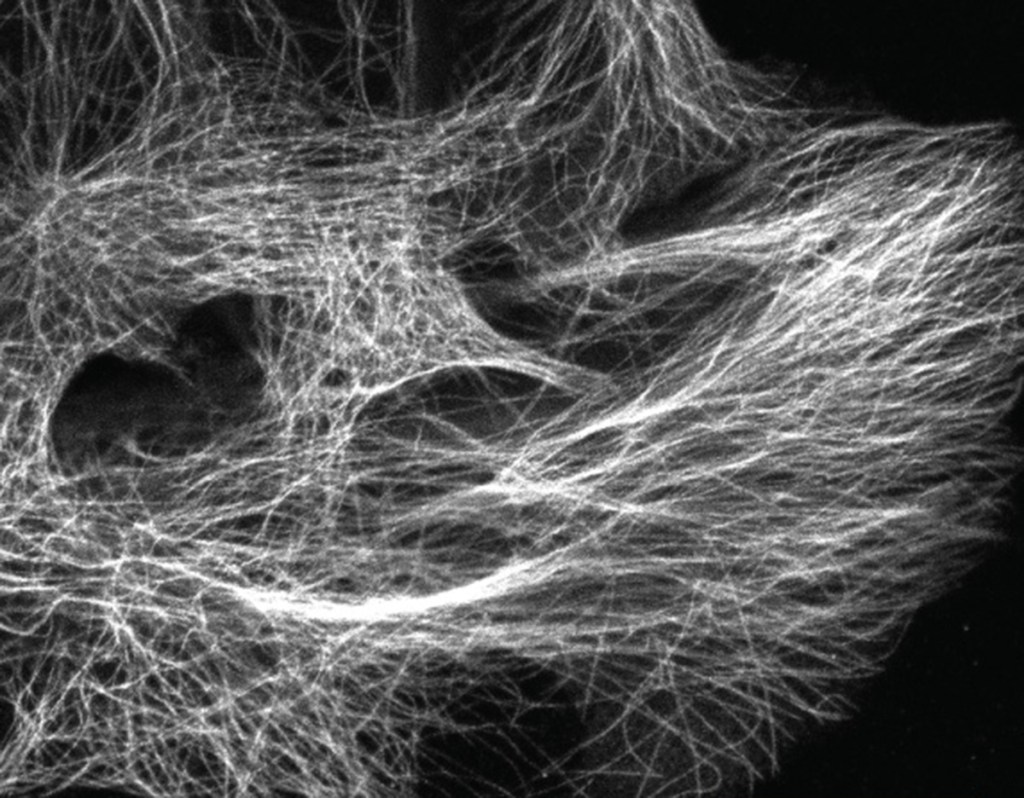NEW YORK — This idea is not just in its infancy, it’s literally in diapers.
A new trick for revealing tiny details under a microscope draws on a technology that helps make disposable diapers so absorbent.
It all began when Edward Boyden and colleagues at the Massachusetts Institute of Technology tried to think of new ways to get super-high resolution out of lab microscopes. They hit on an unusual strategy: Rather than trying to make the devices more powerful, why not make the microscopic specimens under the microscope grow larger, so they’ll be easier to inspect?
In their search for a way to do that, they came across sodium polyacrylate, which swells up as it absorbs liquid in diapers. They use a close cousin of the diaper substance in their technique.
The procedure begins with painting key details in a biological sample with fluorescent dye. Then researchers permeate the sample with the specialized version of the diaper material. When it expands, it carries the dye along with it. The original molecules of the sample are destroyed.
The result: A transparent, detailed replica of the original sample that is nearly five times as long, wide and tall as the original. The dye still shows the key details.
In a paper released Thursday by the journal Science, the researchers report that the technique reveals tiny details of cells in both human tissue and mouse brain.
The technique offers promise for examining relatively large bits of tissue in three dimensions with super-fine resolution, Boyden said. While its resolution doesn’t yet match that of other advanced microscope methods, he said, his team is working to improve it.
Send questions/comments to the editors.



Success. Please wait for the page to reload. If the page does not reload within 5 seconds, please refresh the page.
Enter your email and password to access comments.
Hi, to comment on stories you must . This profile is in addition to your subscription and website login.
Already have a commenting profile? .
Invalid username/password.
Please check your email to confirm and complete your registration.
Only subscribers are eligible to post comments. Please subscribe or login first for digital access. Here’s why.
Use the form below to reset your password. When you've submitted your account email, we will send an email with a reset code.